Berlin is an incredible city. It’s full of history, great food and great people. There’s something for everyone, even if all you want to do is sit and eat sausages and drink beer all day! For those of you who follow my blog, you’ll know that I feel very at home in Germany – I speak the language, I’ve spent a lot of time in the country and I’ve been back time and time again. Berlin, the capital, is a special city – I’ve been multiple times and could still return many more times and see totally new things.
Whether you’re visiting the city for 24 hours, a couple of days, or a week – here are 20 things to do while visiting.
If you’re looking for a weekend itinerary, you can also find my 2 day suggestion HERE.
- Brandenburg Tor (Gate)
- Olympic Stadium
- The Reichstag
- Berliner Dom
- TV Tower
- Gendarmenmarkt
- Museum Island
- Topography of Terror
- Victory Column
- Spree River Cruise
- Potsdamer Platz
- Memorial to the Murdered Jews of Europe
- The Soviet War Memorial
- The Jewish Museum
- Checkpoint Charlie
- A trip to Potsdam
- The DDR Museum
- The Curry Wurst Museum
- A visit to Sachsenhausen
- The Berlin Bears
Brandenburg Tor (Gate)
The Brandenburg gate was built in the 18th century, over the location of the initial city gate. It’s one of the most famous landmarks in Berlin, and during the cold war was on the East side of the wall, with the East German flag flying. It saw reunification in 1990 and could probably tell a million stories. The gate lies at the end of Unter den Linden which is a great street for shopping and is right next to the Memorial for the murdered Jews of Europe.
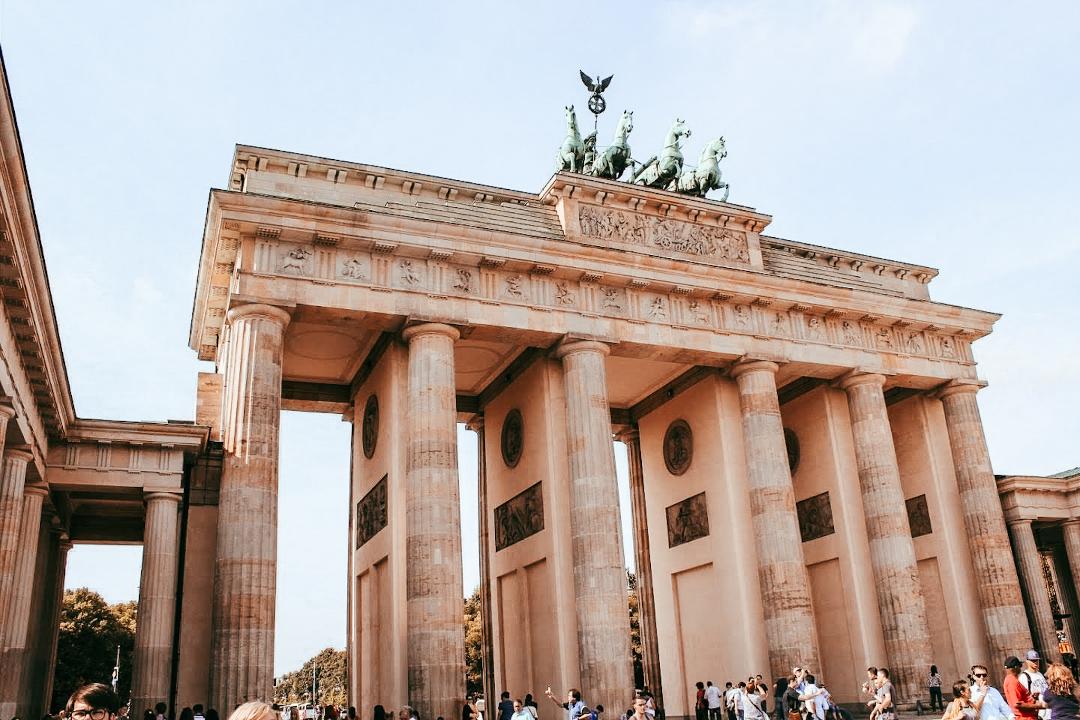
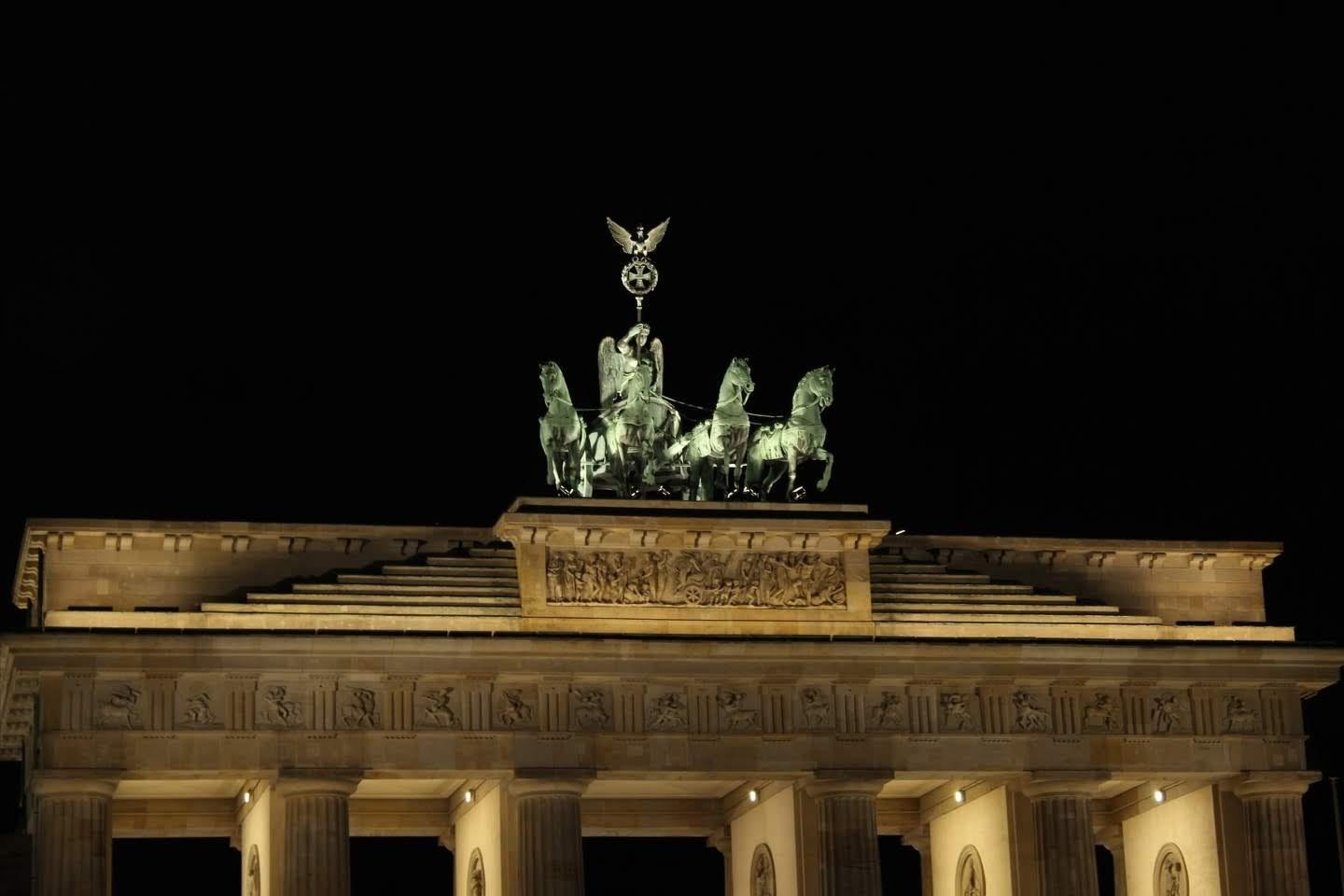

Views of the Gate
Olympic Stadium
Full post: HERE
We love the Olympics, but this stadium has something for everyone. The stadium held the 1936 Olympics where Jesse Owens won 4 gold medals under the watchful eye of Hitler. You can still see his name on the stadium walls. The Maifeld just outside the stadium is where Hitler held huge Nazi parades, and there’s a big bell tower you can climb for amazing views. A magnificent Stadium filled with history; all easily reachable in about 40 minutes from the centre to the Olympiastadion S-Bahn station.


At the Olympic Stadium
The Reichstag
This is the place where the German Parliament meet. It’s over 100 years old and has been destroyed by fire and fallen in to disrepair before being restored after re-unification. It now also has a snazzy dome on top which you can climb. We also ate in the restaurant looking out from the top. Be warned though, this does all take pre-planning if you want to do it as bookings including passport details are required in advance. The view is totally worth it though!

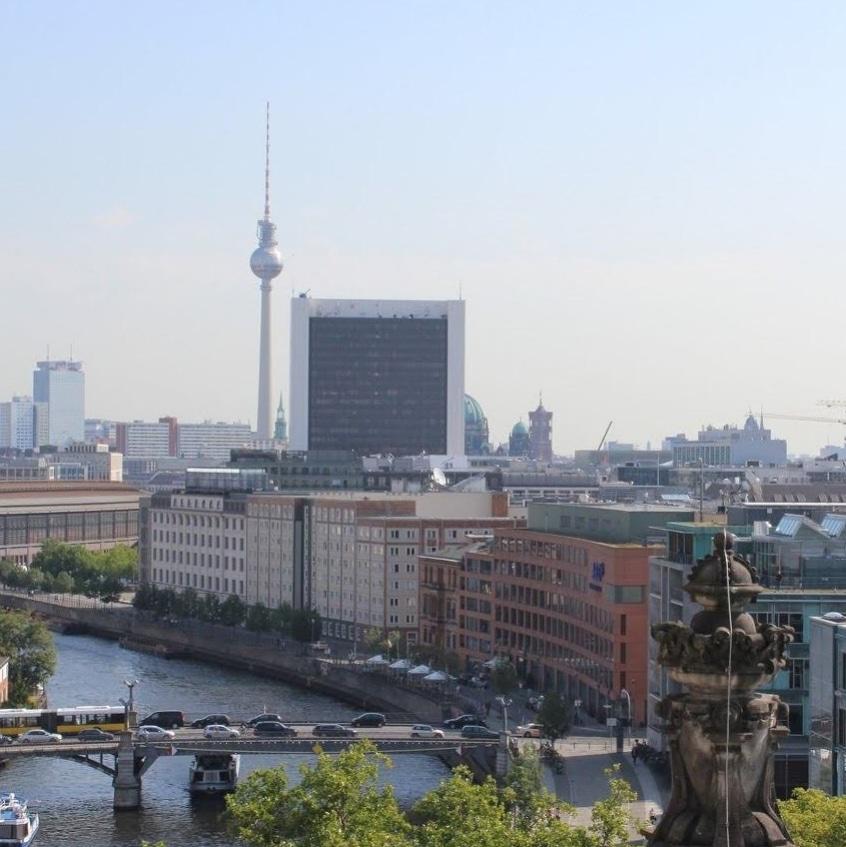
The Reichstag (left) and views from the top (right)


Inside the Dome
Berliner Dom
I love the cathedral. It also sits on ‘Museum Island’ where the particularly interesting German Historical Museum is – telling the story of Germany from ancient time to the present day; which is quite a story – from Holy Roman Empire, to 2 world wars, to the Cold War, to re-unification.

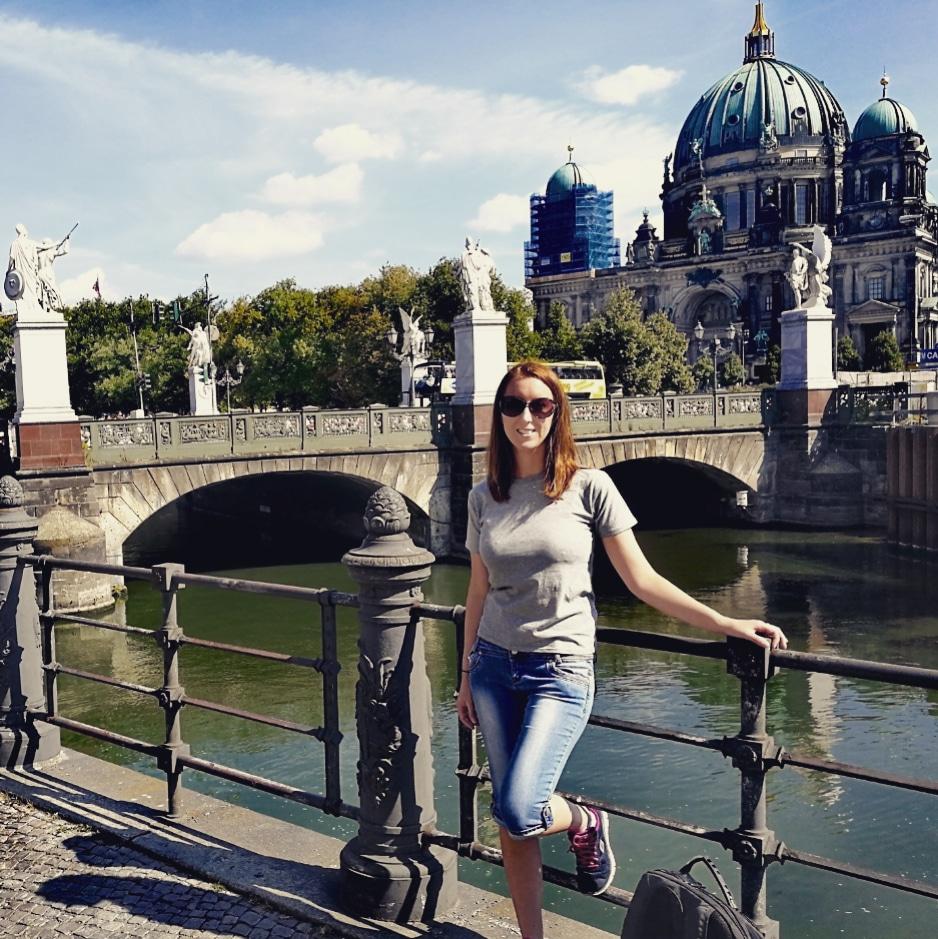
At the Cathedral
TV Tower
A really, really cool place to have lunch or dinner, in a rotating restaurant getting 360 degree views over the entire city. The food is really good too!

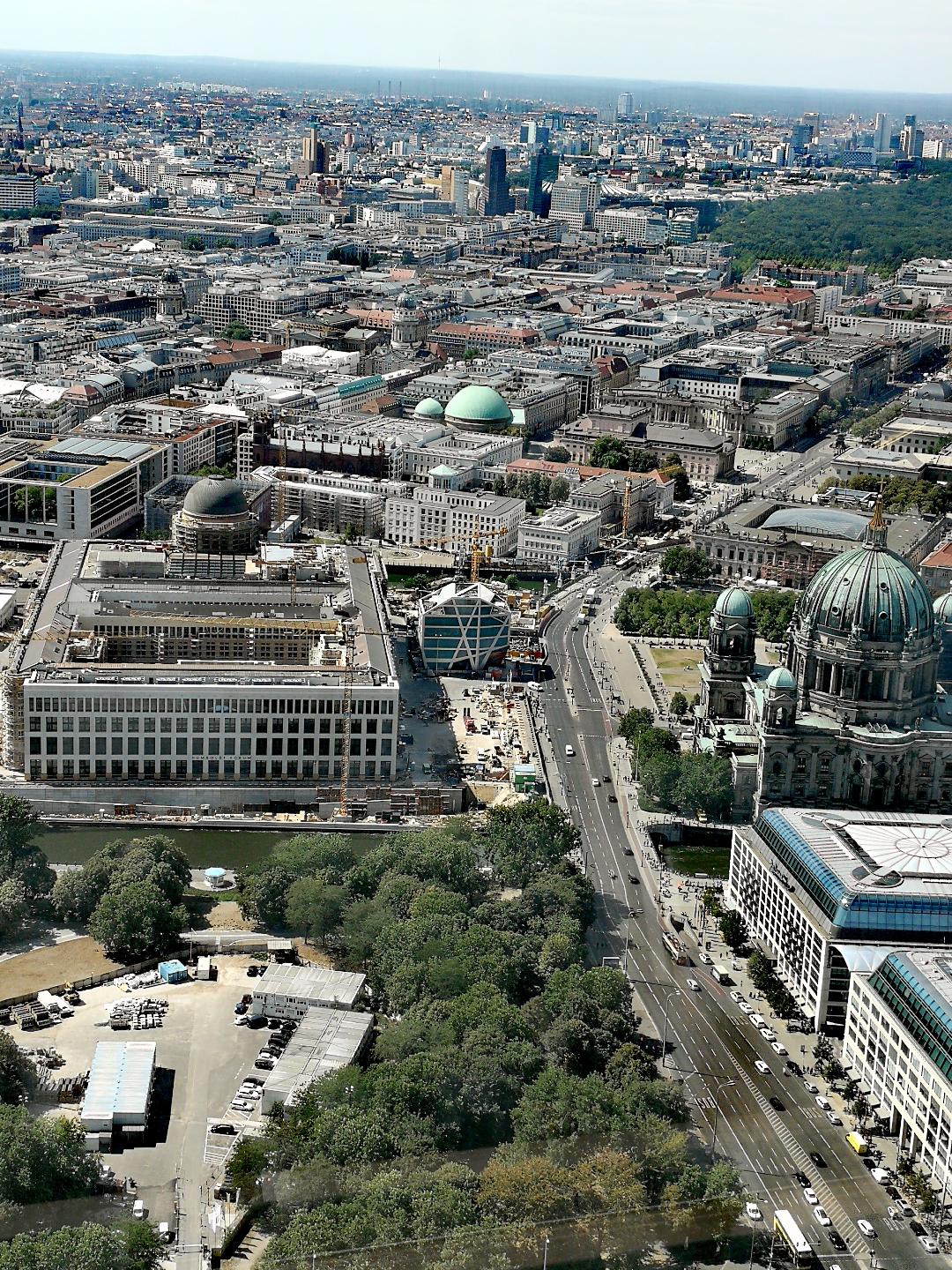
The Tower and views from the top
Gendarmenmarkt
My favourite area of town; a beautiful square with stunning buildings like the Concert Hall, and even better when the Christmas markets are on. If you stay at the Hilton on Gendarmenmarkt, you can get a beautiful view out over it. It’s also really close to Bebelplatz which is a lovely square, and also incredibly historically significant as it is where the Nazis burnt hundreds of books.

Museum Island
Museum island lies next to the Cathedral and is home to some incredible museums, including The Pergamon, Altes Museum, Neues Museum and German Historical Museum. We spent an entire day here and learnt so much – the history museum was our favourite as it tells the story of Germany’s formation, place in the Holy Roman Empire, through to WW1, WW2, the Cold War and today.


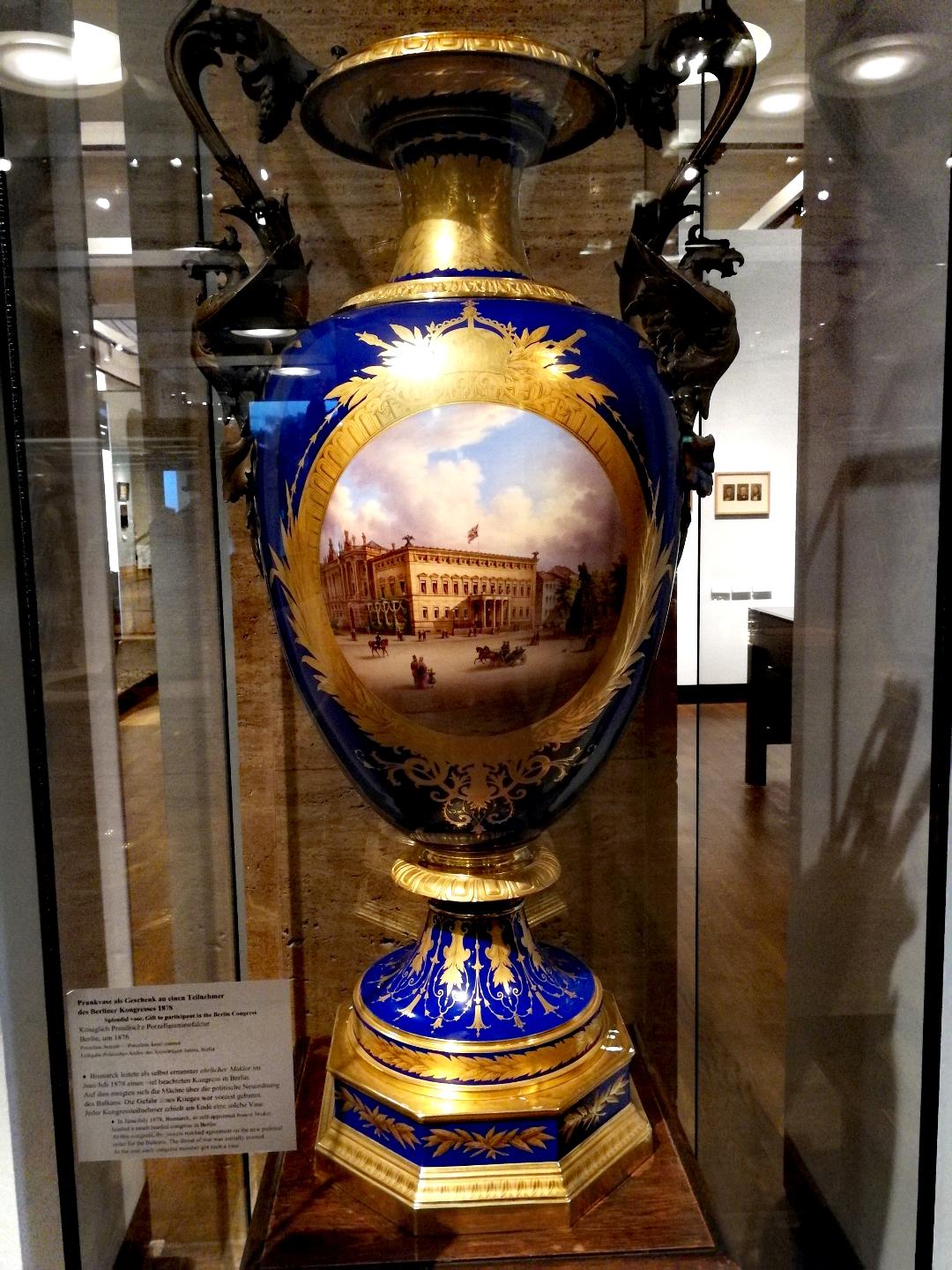
Topography of Terror
If you want to learn a bit more about Germany’s war history, without allocating a whole day to Museum Island then Topography of Terror is a great choice. It’s an outdoor history museum explaining the rise and atrocities of National Socialism in Germany. It is built on the old site of the SS and Gestapo headquarters.

Victory Column
The victory column commemorates the Prussian victory in the Danish-Prussian war of the 1800s, and it also symbolises victories in Austria-Prussian and Franco-Prussian wars which followed. The sculpture on top represents the Roman goddess of victory, Victoria. Nowadays, climbing the column is an experience which provides incredible views out over the city.
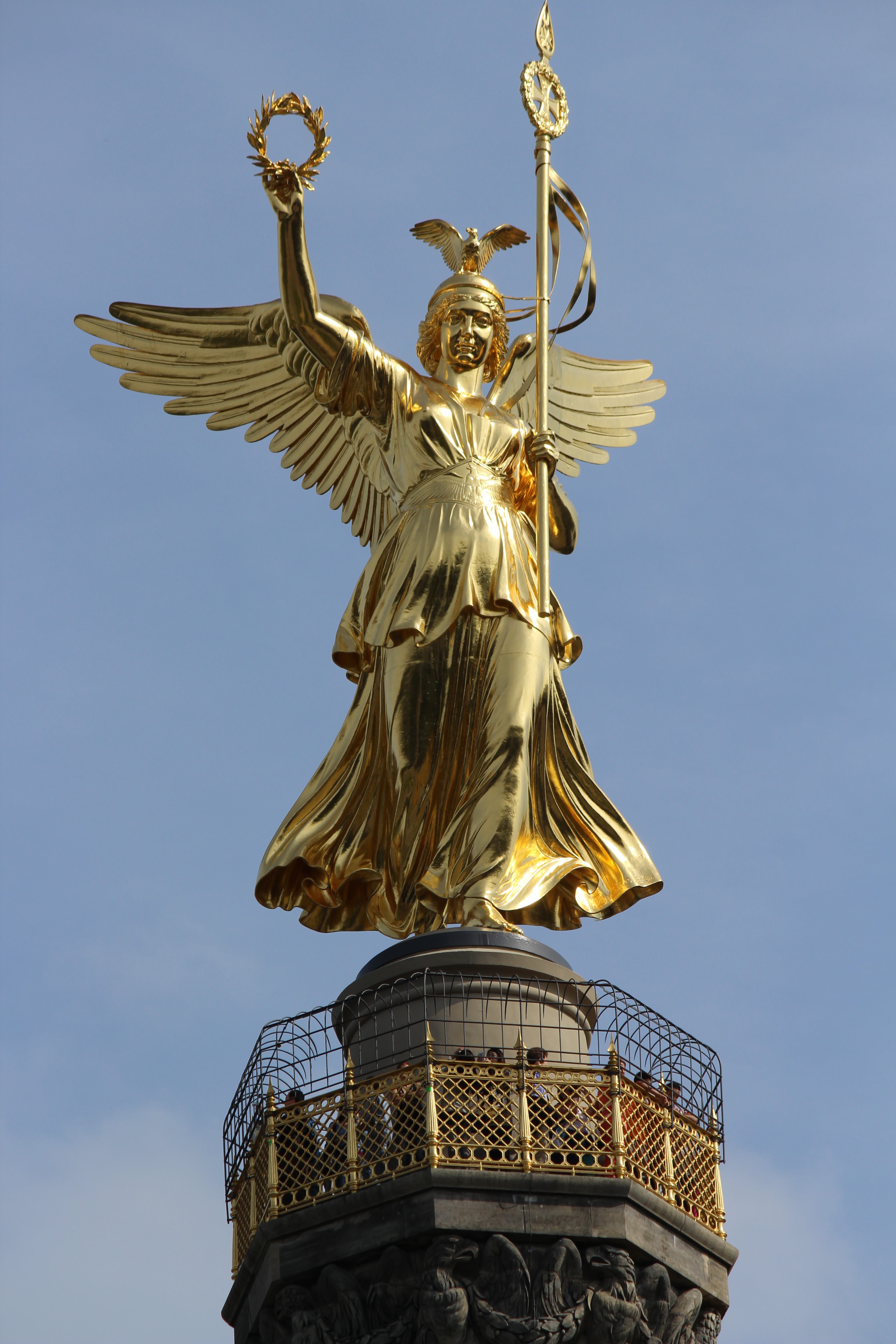

The top of the Column (left), and views from the top (right)
Spree River Cruise
The river Spree runs through the centre of Berlin, and cruising along the river is a great way to see the sights the city has to offer. We chose to do the ‘Bridge Tour’ which took us a decent way up and down the Spree, past a total of over 60 bridges!
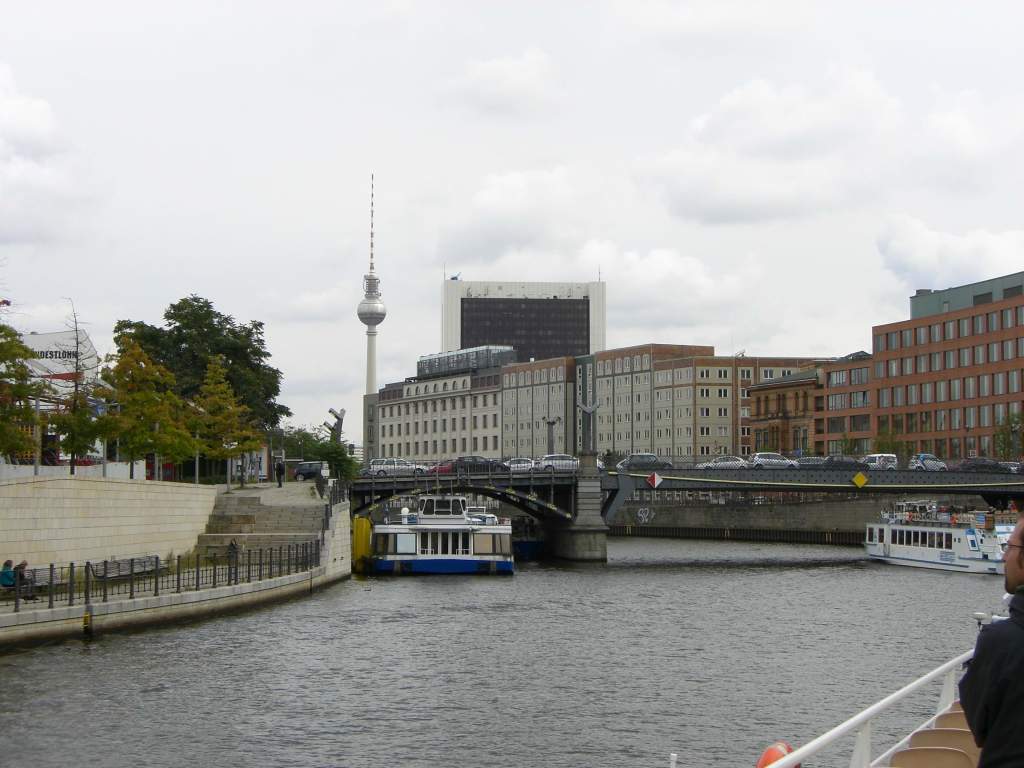
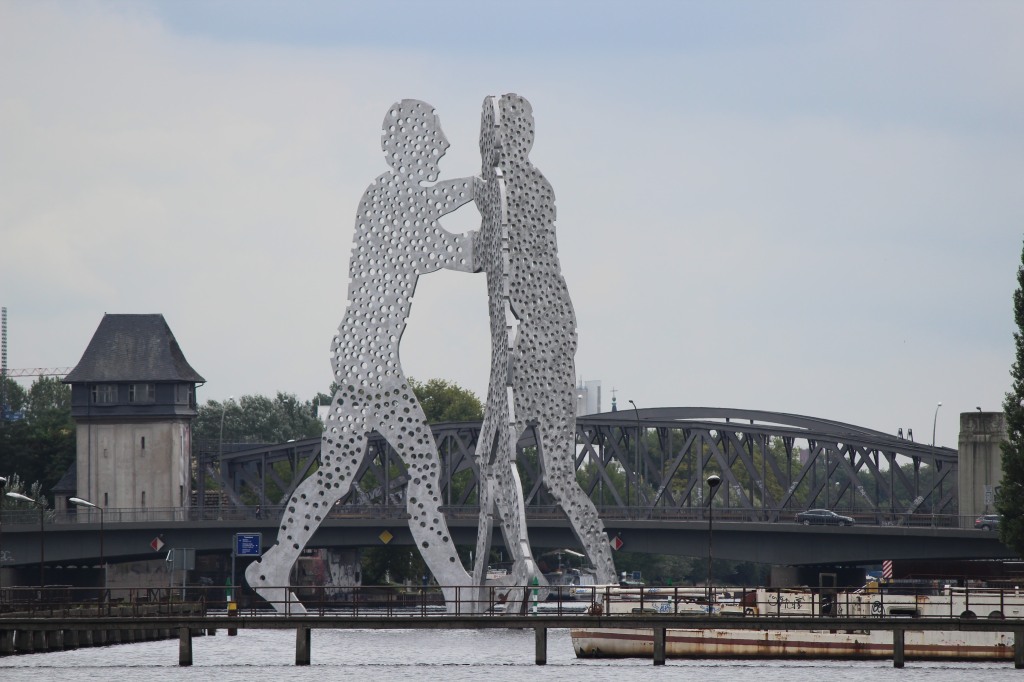
Potsdamer Platz
One of the most iconic spots in Berlin, and home to lots of fancy hotels, restaurants and bars – it’s a central hub which is great option for spending an evening. The Sony Centre also lies in the area; an architecturally interesting spot with some nice restaurants.
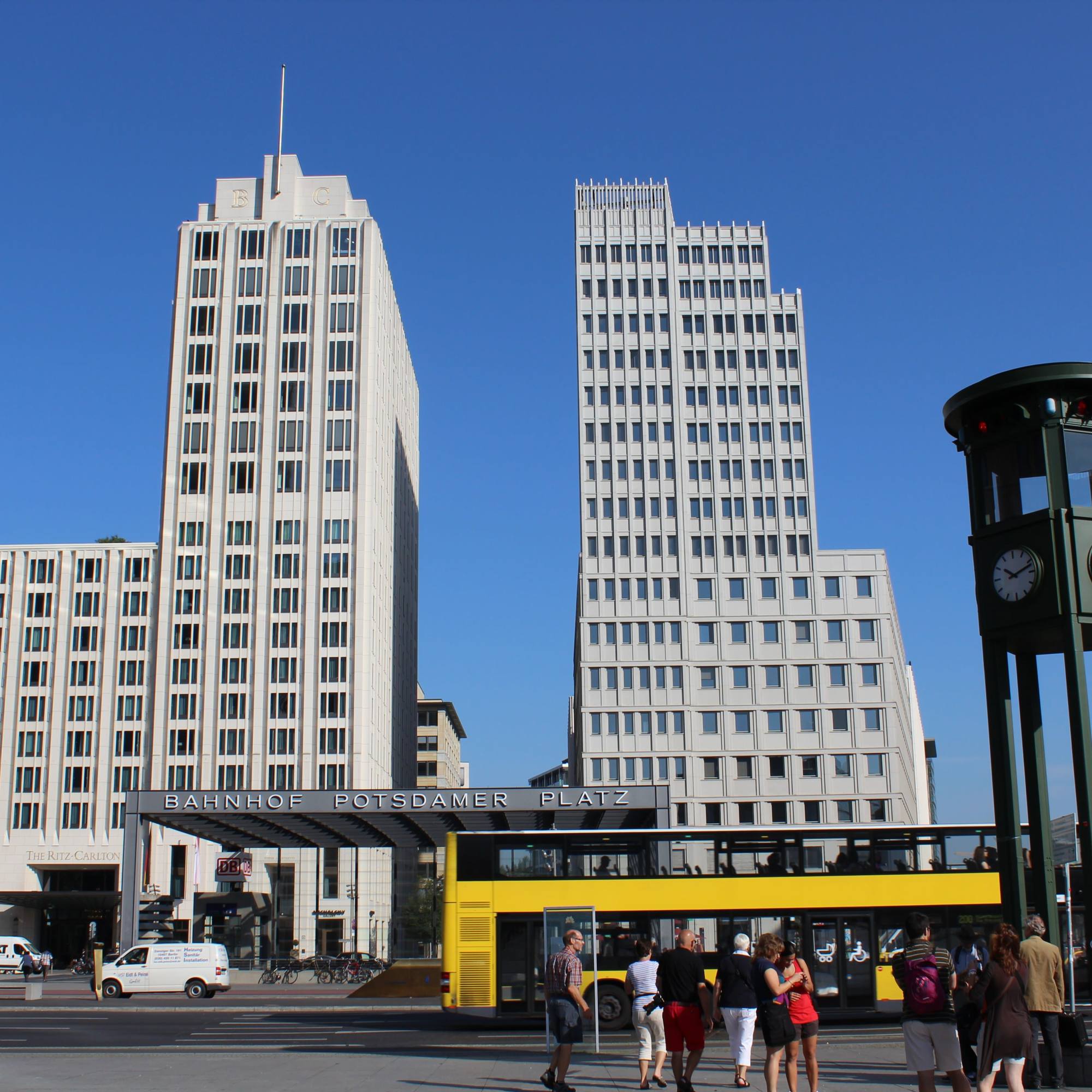
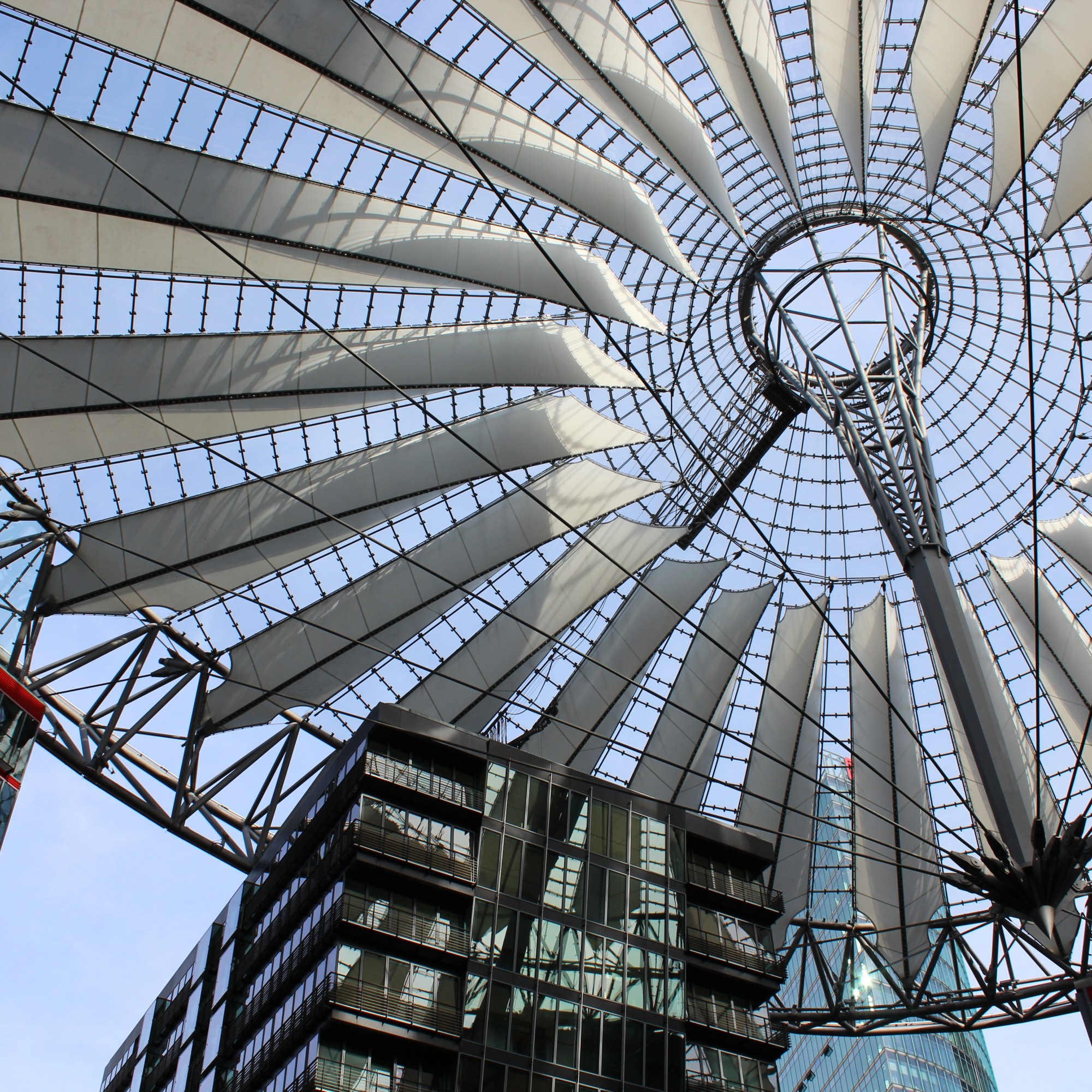
In Potsdamer Platz and the Sony Centre
Memorial to the Murdered Jews of Europe
Visiting the memorial to the victims of the Holocaust makes for a sombre experience. The memorial is thousands of grey concrete slabs, which makes for a really odd atmosphere – to me it felt like being in some sort of cold, clinical graveyard. I wonder if that was the intention, to represent the organised horrors of an insane Dictatorship.
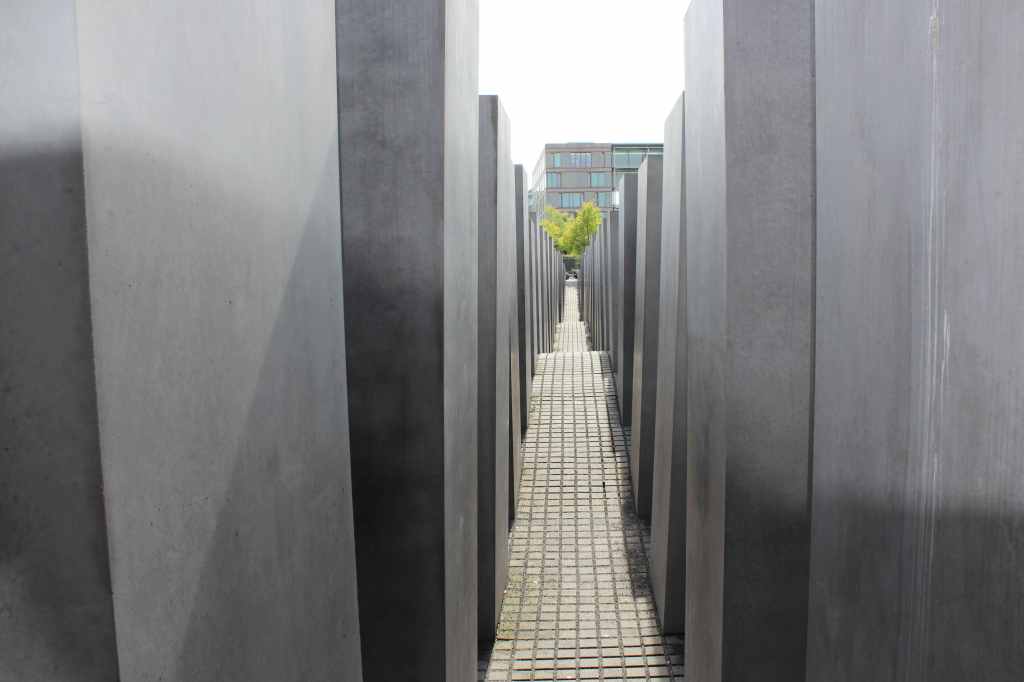
The Soviet War Memorial
The memorial was build by the Soviets at the end of the Battle of Berlin in 1945 (at the end of WW2). This is when the Soviets rolled in to Berlin to occupy the city and Berlin was split in to East and West. The site is still a recognised memorial, though locals also labelled the memorial ‘Tomb of the Unknown Rapists’ in reference to how the local population were treated during occupation.

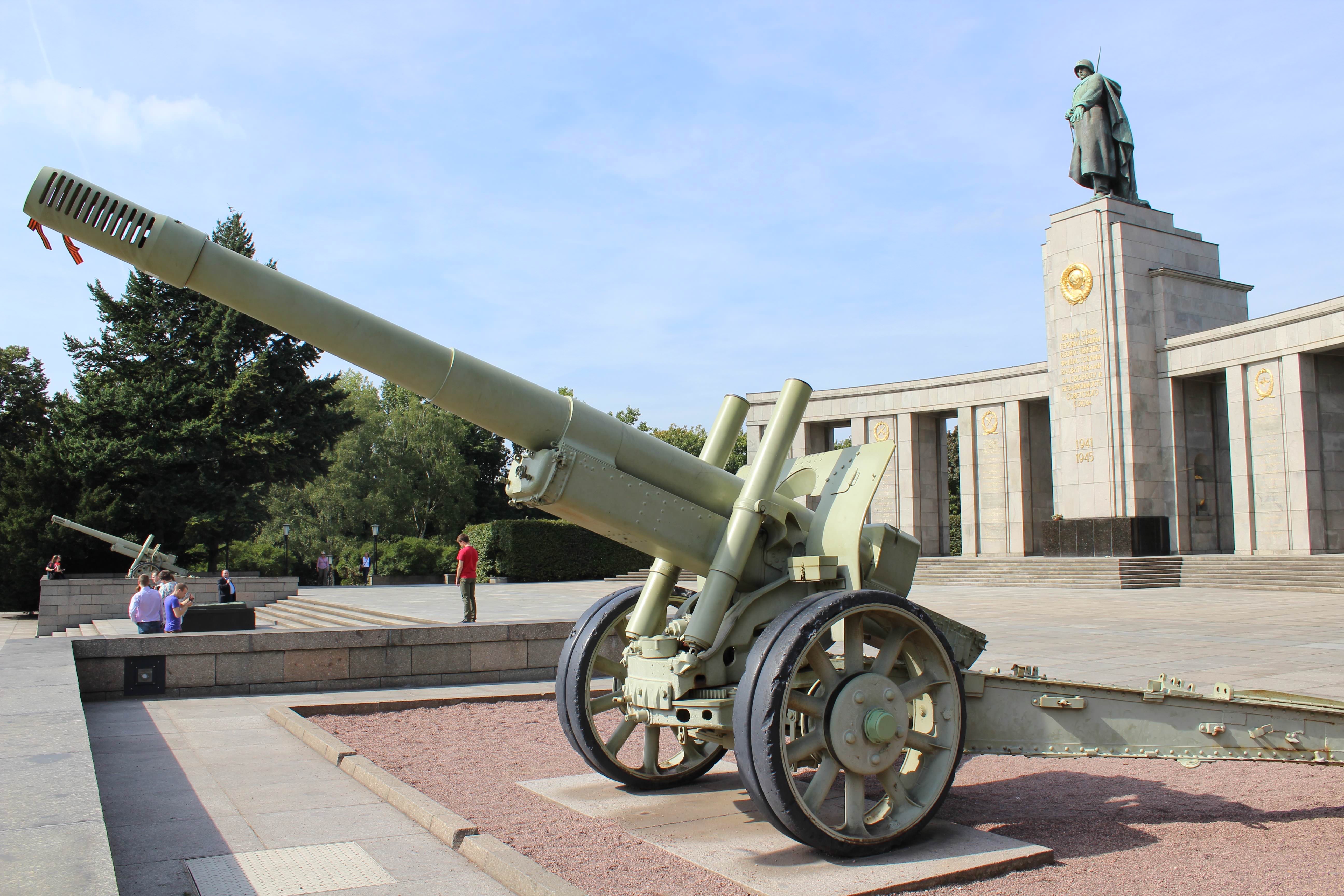
At the Memorial
The Jewish Museum
The largest Jewish museum in Europe consists of three buildings documenting the history of Berlin with reference to the intellectual, economic and cultural contribution made by the Jewish citizens of Berlin, the Holocaust and the acknolwedgement of what that means for humanity going forwards.
It’s an incredibly moving experience, topped off by the Shalekhet – a pool of over 10,000 wrought iron faces -referencing the victims of the war.
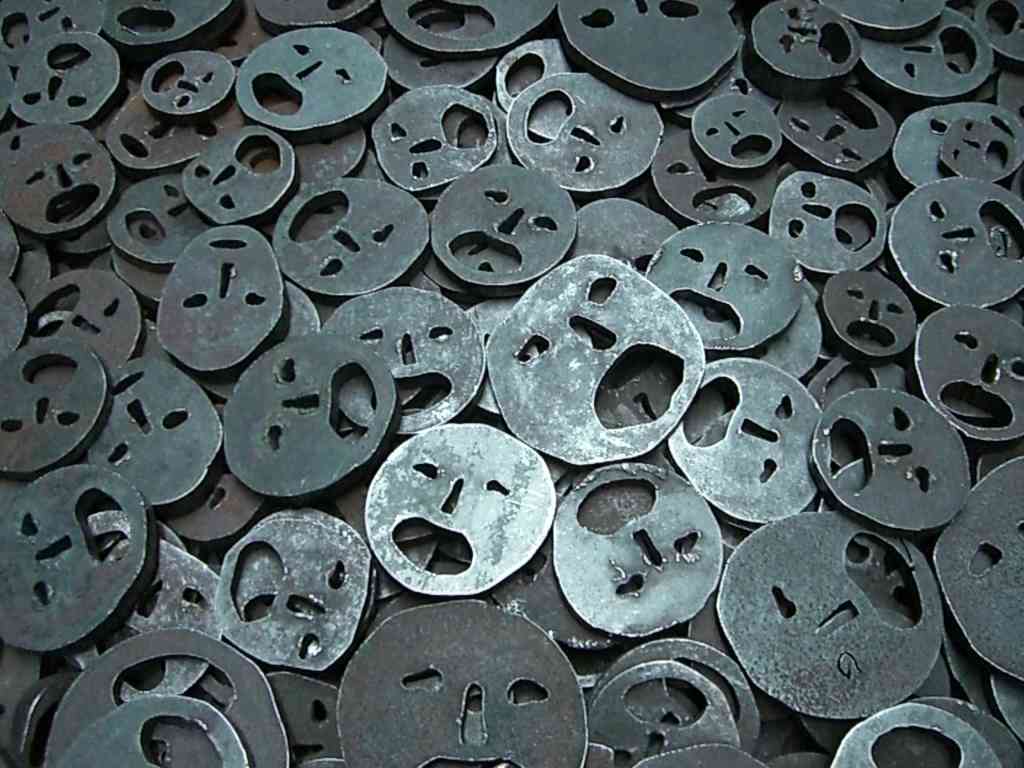
Checkpoint Charlie
A bit commercialised but still worth a visit to the site where you could cross between East and West Berlin during the times of the Cold War. You can even get your passport stamped and photos with the guards (for a fee, of course!


At Checkpoint Charlie
A trip to Potsdam
Full Post: HERE
If you’re looking for something to do outside of the centre of Berlin, then a trip to Potsdam is a great option. Potsdam is home to Sanssouci, the Palace of Frederick the Great, as well as Cecilienhof, the location of the signing of the momentous WW2 Potsdam agreement.
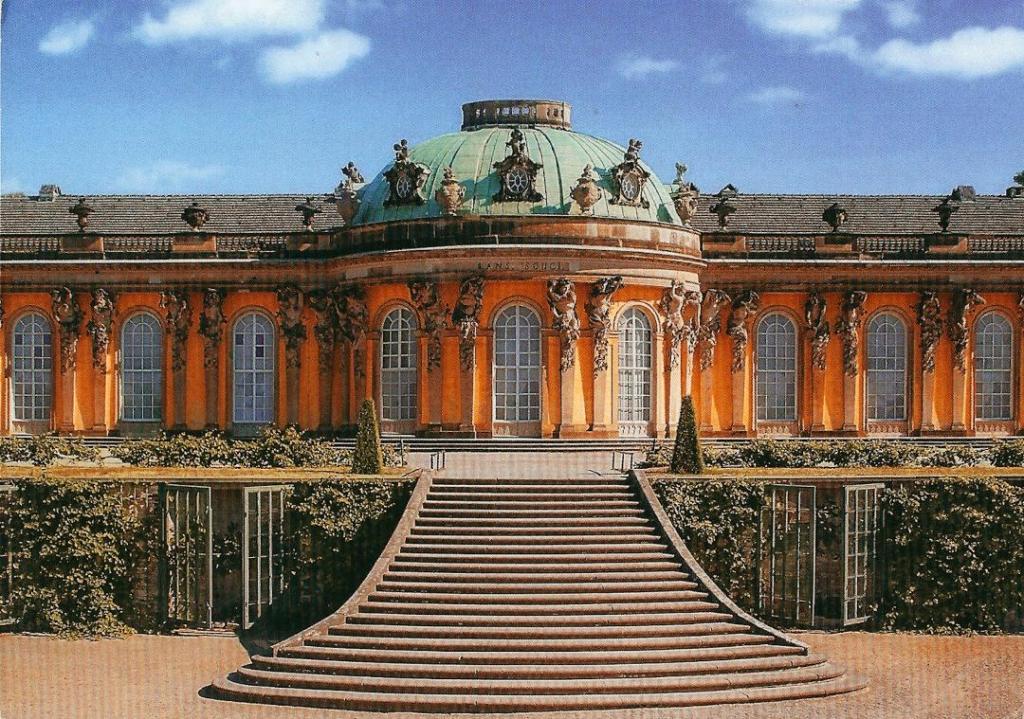
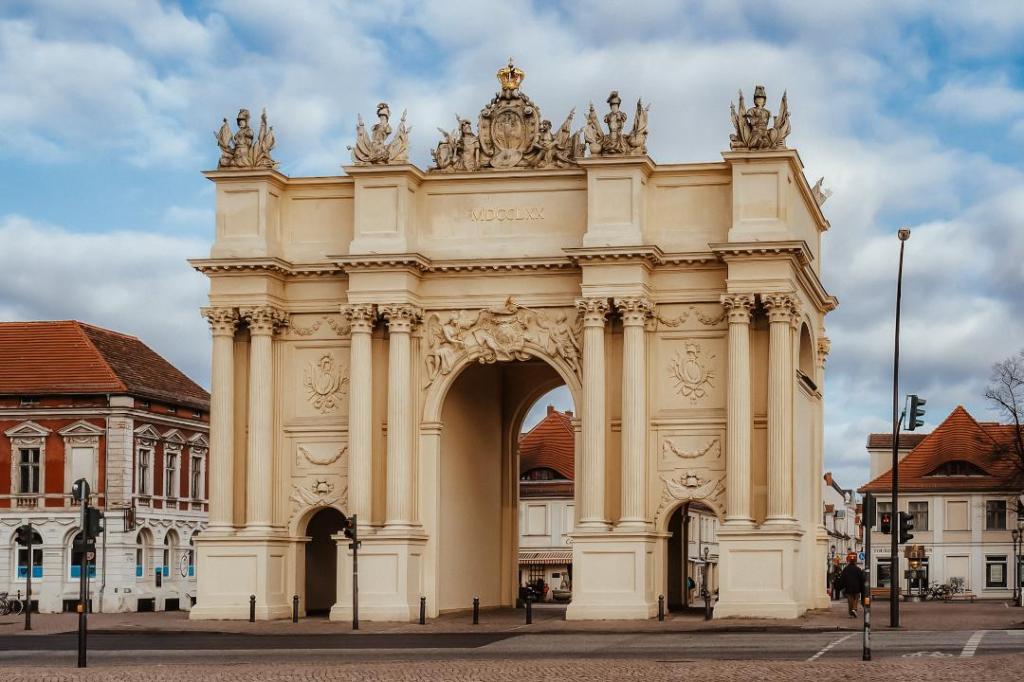
The DDR Museum
Opposite Berlin cathedral, in the former governmental district of East Germany, lies the DDR Museum. It’s a fun interactive experience of everyday life in the former East Germany, ranging from everyday life, the Berlin Wall, the Stasi and much more. It’s definitely worth a visit and at least a few hours for a visit.
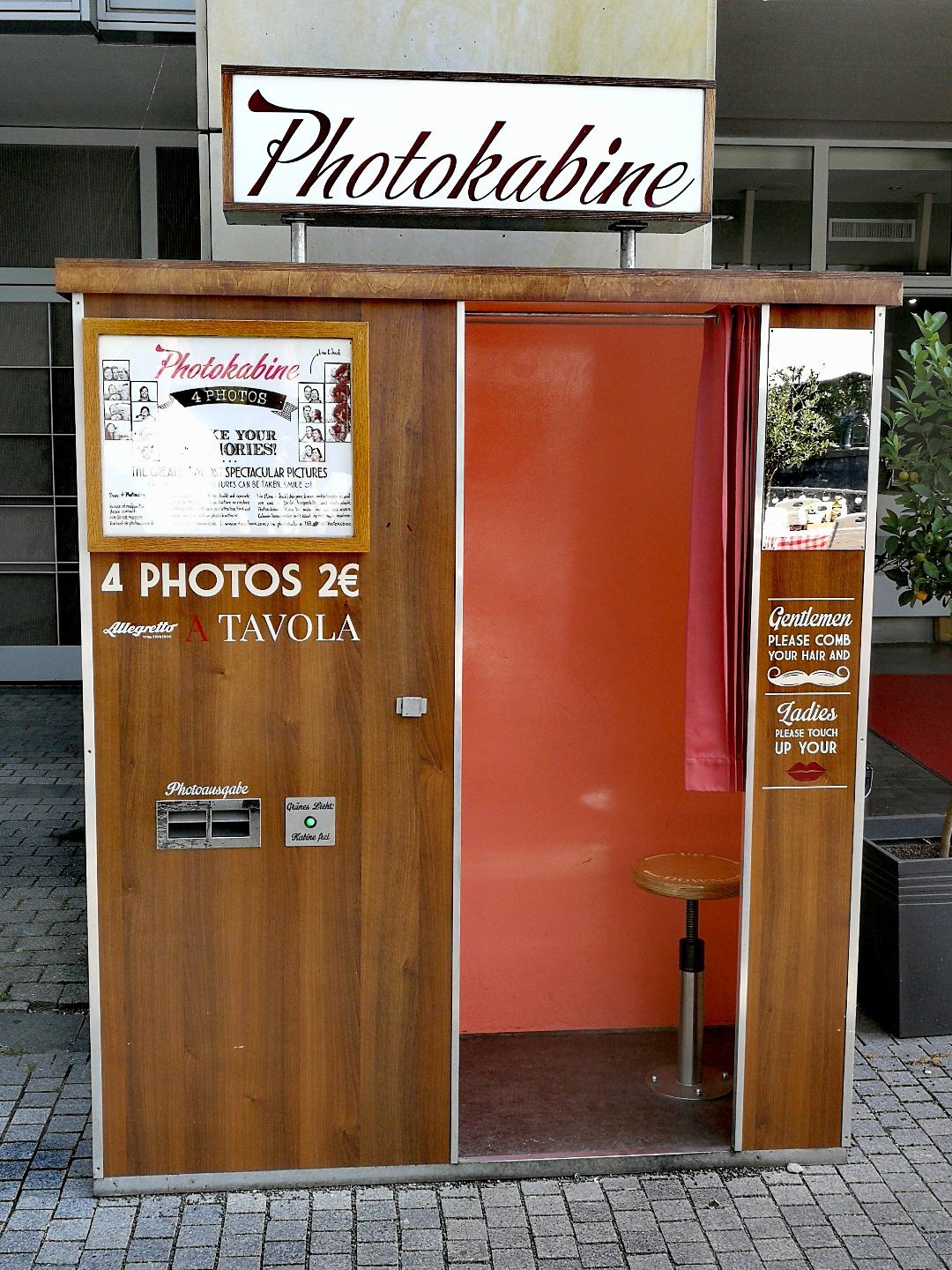
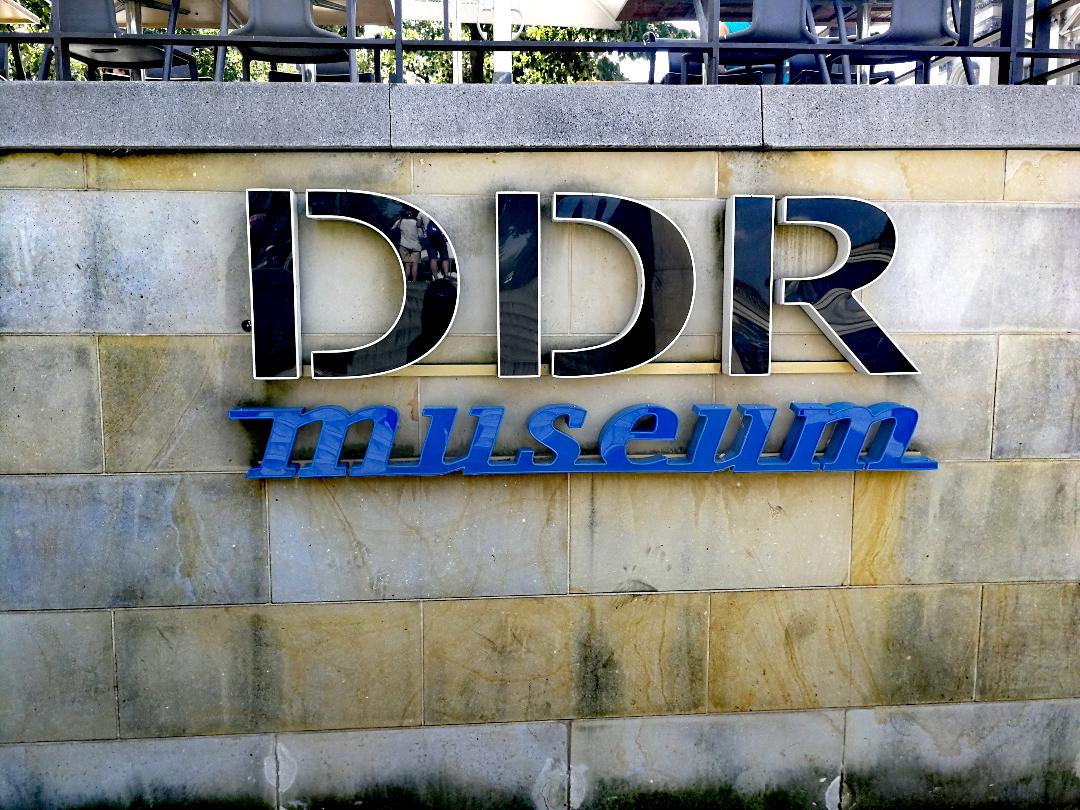
At the DDR Museum
The Curry Wurst Museum
Every year, Germans consume 800 million portions of currywurst. The German Currywurst Museum explains the history of this food, which consists of chopped German sausage served with curried ketchup. The museum is quite fun to learn about the famous sausage – just follow the ketchup path!
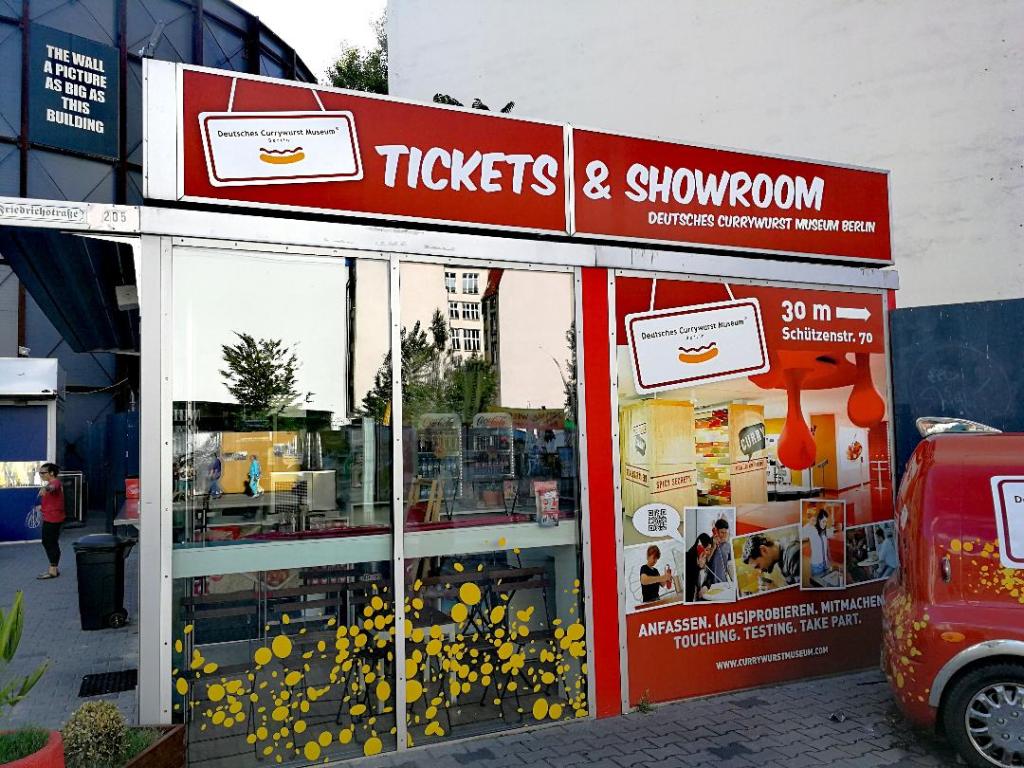
A visit to Sachsenhausen
Full Post: HERE
Sachsenhausen was one of the first concentration camps in Germany, a blueprint for the horror that was to come. A visit to a camp isn’t easy, but is is interesting and important to remind ourselves of the past. This is a full day trip from the German capital, but well worth it if you have the time.

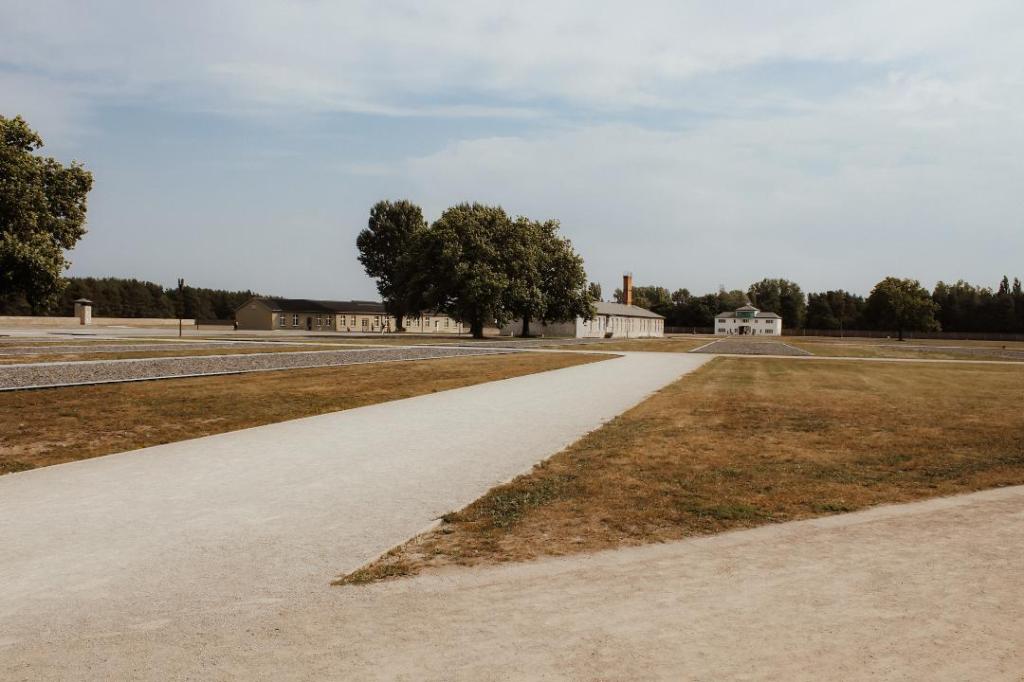
The Berlin Bears
All around Berlin are lots of bears. The bears are painted, life-size fiberglass bears developed by German businesspeople Klaus and Eva Herlitz. They have become a landmark of the capital and are considered unofficial ambassadors of Germany.
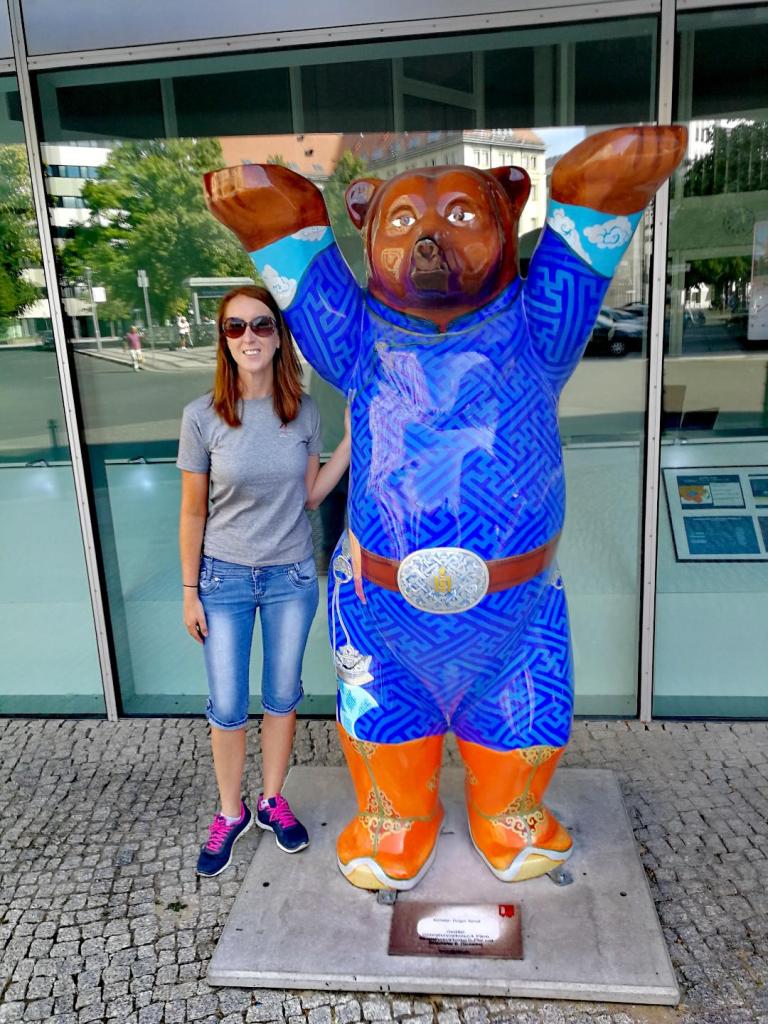
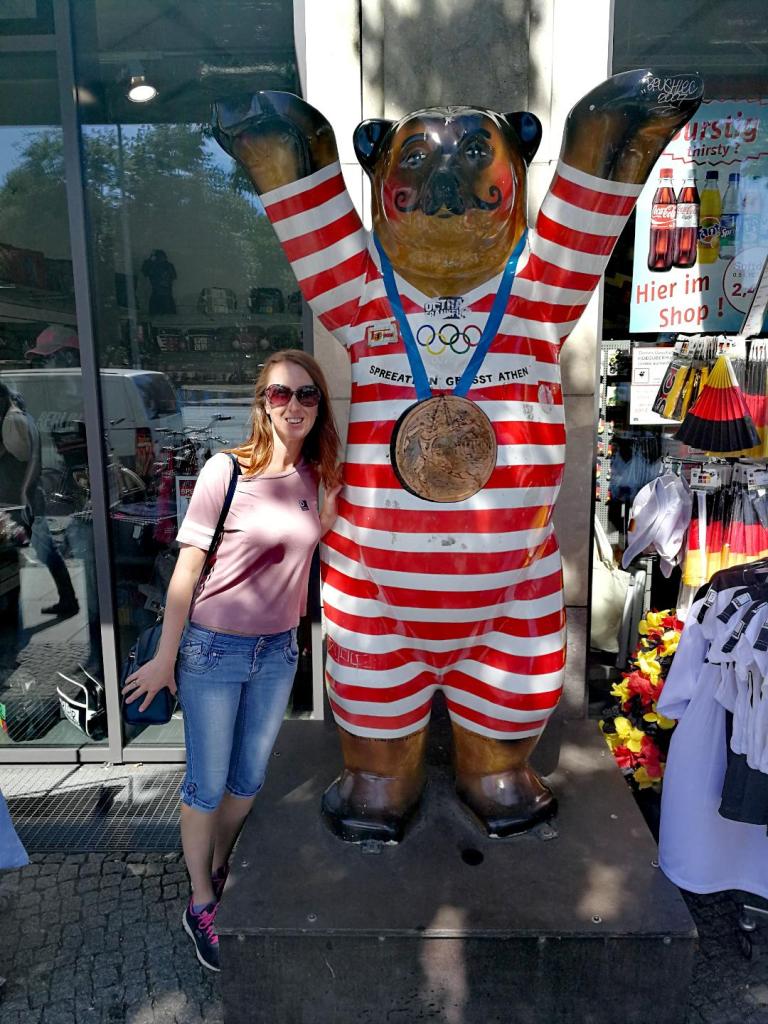
Thanks for reading! Let me know if you’re planning to visit Berlin, have any questions, or what you thought of Berlin yourself in the comments below. Stay safe and happy travelling!


Leave a comment